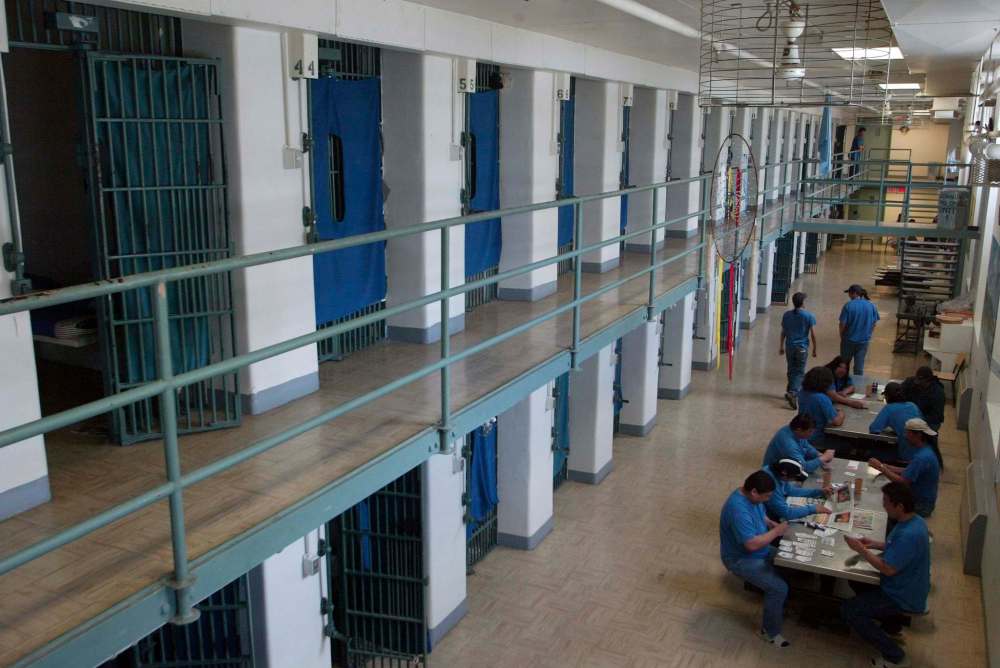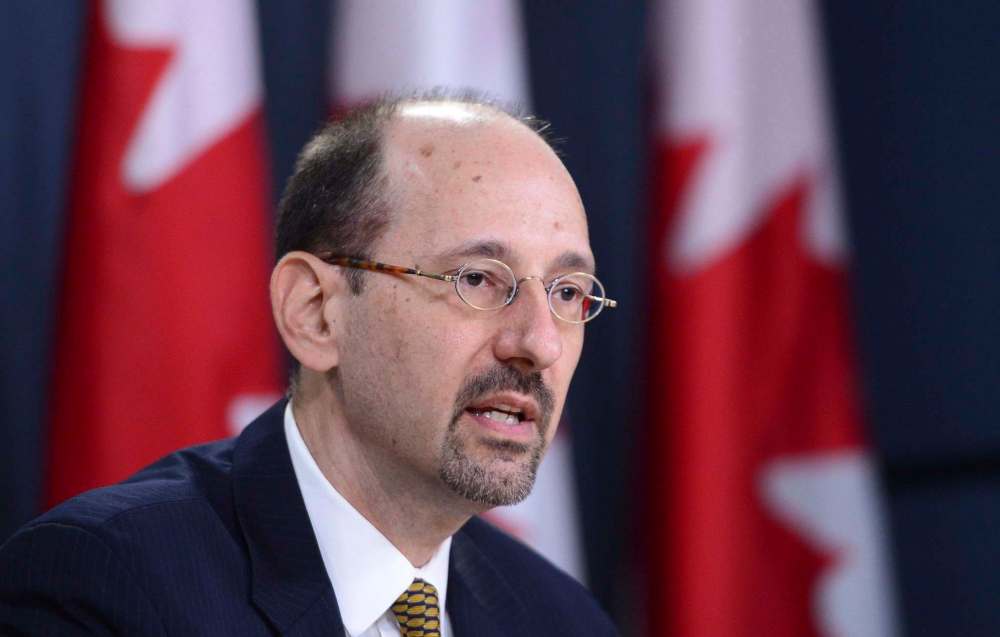Indigenous people get jails instead of help they need
Advertisement
Read this article for free:
or
Already have an account? Log in here »
To continue reading, please subscribe:
Monthly Digital Subscription
$0 for the first 4 weeks*
- Enjoy unlimited reading on winnipegfreepress.com
- Read the E-Edition, our digital replica newspaper
- Access News Break, our award-winning app
- Play interactive puzzles
*No charge for 4 weeks then price increases to the regular rate of $19.00 plus GST every four weeks. Offer available to new and qualified returning subscribers only. Cancel any time.
Monthly Digital Subscription
$4.75/week*
- Enjoy unlimited reading on winnipegfreepress.com
- Read the E-Edition, our digital replica newspaper
- Access News Break, our award-winning app
- Play interactive puzzles
*Billed as $19 plus GST every four weeks. Cancel any time.
To continue reading, please subscribe:
Add Free Press access to your Brandon Sun subscription for only an additional
$1 for the first 4 weeks*
*Your next subscription payment will increase by $1.00 and you will be charged $16.99 plus GST for four weeks. After four weeks, your payment will increase to $23.99 plus GST every four weeks.
Read unlimited articles for free today:
or
Already have an account? Log in here »
Hey there, time traveller!
This article was published 05/02/2020 (2134 days ago), so information in it may no longer be current.
The number of Indigenous people in federal prisons has reached an all-time high.
While only making up five per cent of Canada’s total population, nearly one-third of all current federal inmates are Indigenous — a number that increases every year, the Office of the Correctional Investigator announced last month.
Indigenous men constitute most of these inmates (with some federal facilities on the Prairies having Indigenous populations as high as 70 per cent), but Indigenous women make up nearly 42 per cent of those in federal custody.
While Canada’s overall prison population is decreasing, federal jails continue to be the place more and more Indigenous people end up.
The reasons are fairly simple, and have been explained time and time again by the Aboriginal Justice Inquiry of Manitoba (1988-91), the Royal Commission on Aboriginal Peoples (1991-96), and the Truth and Reconciliation Commission of Canada (2008-15). Each report says virtually the same thing: jails are the method Canada uses to deal with failures in Indigenous policies.

!function(e,i,n,s){var t=”InfogramEmbeds”,d=e.getElementsByTagName(“script”)[0];if(window[t]&&window[t].initialized)window[t].process&&window[t].process();else if(!e.getElementById(n)){var o=e.createElement(“script”);o.async=1,o.id=n,o.src=”https://e.infogram.com/js/dist/embed-loader-min.js”,d.parentNode.insertBefore(o,d)}}(document,0,”infogram-async”);
Instead of reducing the number of Indigenous children in the child-welfare system, Canada builds and expands jails.
Instead of dealing with the overwhelming amount of poverty in Indigenous communities, Canada builds and expands jails.
Instead of engaging the trauma that leads to murdered and missing Indigenous women and girls, Canada builds and expands jails.
Virtually every part of Canada’s “justice” system — from police to laws to lawyers to judges to politicians — operate in tandem to drive Indigenous people into jails again and again.
“No government of any stripe has managed to reverse the trend of Indigenous over-representation in Canadian jails and prisons,” Ivan Zinger, the correctional investigator of Canada, announced last month. “The Indigenization of Canada’s prison population is nothing short of a national travesty.”
The Office of the Correctional Investigator report immediately calls for the federal government to hand over the “care, custody, and supervision of Indigenous offenders,” a “deputy commissioner of Indigenous corrections” position be created, more culturally relevant correctional programming and elders working in prisons, and supporting Indigenous communities in helping prisoners reintegrate into society.

These are good starts, but the real issue here is trauma.
Trauma is wrought when a group or individual enforces a will on another individual or group. The outcome of trauma is always violence. Sometimes, this is violence against the self; often, it results in violence against others.
Indigenous peoples experience more trauma than anyone else — and so it has been for more than a century, through the theft of lands, imposition of foreign values and beliefs, and expectation we have to become something different than we are.
This leads to endless frustration, gripping poverty, and painful cycles which get labelled crime and end up with an overwhelming amount of Indigenous men and women in prison. There is only a small percentage of our community in prison, of course, but almost every Indigenous family and community has someone who has been, or is, in jail.
Meanwhile, trauma continues: water in our communities remains undrinkable, communities are displaced during “states of emergencies” due to flooding or fires, and Indigenous peoples remain the most over-policed and underserviced people in rural and urban spaces in Canada.
The solution is surprisingly simple: Share the land. Share our lives. Share everything. Stop pretending Canada doesn’t perpetrate harms in 2020. Be honest.
Then, stand beside Indigenous peoples as we heal. Watch as our elders and leadership step forward in helping men and women — and particular youth — help themselves. Assist Indigenous peoples, if they ask for it — particularly in dealing with the cycles that have led to over-incarceration in jails.
Work as hard as Indigenous people do to restore Indigenous languages and governments. Commit to changing systems and practices that marginalize and challenge Indigenous values. Don’t just practice inclusion, but work to create hope.
Because this is how we build a future, together.
niigaan.sinclair@freepress.mb.ca

Niigaan Sinclair is Anishinaabe and is a columnist at the Winnipeg Free Press.
Our newsroom depends on a growing audience of readers to power our journalism. If you are not a paid reader, please consider becoming a subscriber.
Our newsroom depends on its audience of readers to power our journalism. Thank you for your support.
History
Updated on Wednesday, February 5, 2020 10:10 PM CST: Adds related items





